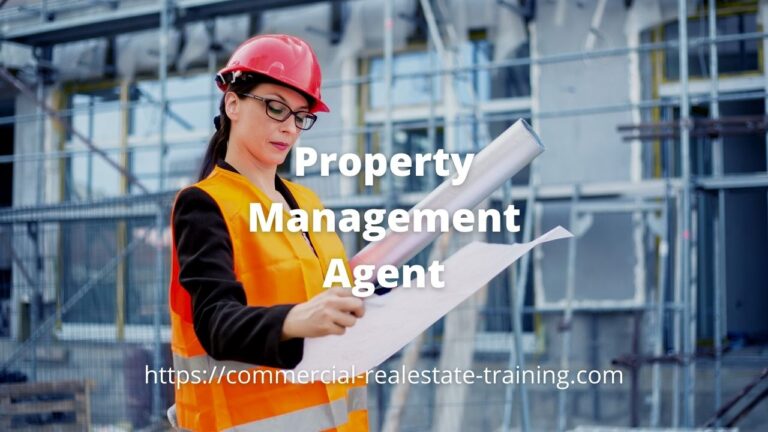Commercial Property Management – How to Control Environmental Factors in your Property Portfolio
Your property management portfolio and the individual properties under management will be impacted by environmental issues through the year. Some of those properties will be impacted more than others; that can lead to loss of rent, failure of tenant businesses, and a landlord suffering some investment pressure. That is where professional property management controls come in. (NB – you can get plenty of commercial and retail property management tips and ideas right here in Snapshot)
Property Management Systems
A top-grade property management team will know how to look for issues in a property, and know how to fix those things. There will be ‘systems’ in the team to handle the issues associated with:
- Landlords
- Tenants
- Buildings
- Emergencies
- Documentation
- Investment performance
- Insurance cover and risk
- Building code compliance
- Rents and property cash flow
- Risk management
- Health and safety
- Environmental matters
- Climate events and changes
- Energy management
- Precinct changes, and
- Property performance
Let’s go a bit deeper into the issues of the location and the environment.
Environmental factors do happen; sometimes with very little notice. Potential events and the building impact should be investigated thoroughly. The assessment should be done regularly before risk events happen. Contingency plans should put in place by the management team to deal with the identified potential problems; the tenants and the response teams can be trained for the known factors of potential risk.
The Review Process
How would you review a managed property and the elements of ‘environmental risk’? Try some of these for starters:
- Lease documentation – Always start with the lease documentation first as there will be individual conditions in those documents relating to risk response and landlord or tenant response.
- Landlord insurances – Review the landlord’s insurance policy so you know who to talk to and how to respond with any property events of damage, destruction, or personal injury. Forewarned is a good strategy to adopt. You never really know when things will go wrong.
- Weather events – Know the local climate for what it is. Consider storm frequency and climate impact; consult the local weather authorities for patterns of rain, storms, flooding, and wind. How would the design factors of your property be impacted by climatic problems?
- Flooding – If your property is located near the sea, on or near rivers, or in cyclone zones, you should look at how rising water levels could expand into the property and the tenant mix. What responses would you need to have in place?
- Wind and rain – Have your maintenance people look at the roof and gutters of the building to control wind and rain runoff. A six-monthly survey of the roof structure and drainage is valuable.
- Storm frequency – In some parts of the world, larger investment properties (shopping centres, industrial warehouses, and high rise office towers) are in storm zones where high winds and torrential rain are an annual event. Look at how a property would respond to that. Put your plans in place for safety, people, and property function.
- Climate change – We have all heard about the impact of climate change, and some cities are already impacted by dry, wet, and windy conditions that are well outside the ‘normal’. Expectations are that difficulties of property operations will increase as the climate changes. Occupancy conditions in any building will therefore be pushed to the limit; particularly so with air conditioning cooling, heating, and air flow. Can the services and the amenities of a property be sustained during a climatic change? Think about power, water, gas, internet, and telephone communications.
- Emergency power – Every building loses power at some point. That will have an impact on tenants, the landlord, customers, and business activities in an around the location. You may have an emergency power cycle or generator in the property. Make sure you test that system in accordance with engineering and safety standards.
- Geographical factors – Review the property location for geographical impact and threats such as flooding, slippage, terrain, landslide, and services termination. Rivers, rocks, cliffs, and mud are all challenges for an investment property. Do you have those elements in close proximity to the asset?
- Local area access – How will you get to the property in times of pressure and emergency? The same question should apply to emergency services. How will the emergency teams get to the property and move into it? You will need an emergency response plan to handle that.
- Businesses and tenants – Some businesses will bring ‘risk’ to a property through the very nature of what they are or what they do. Government tenants are a good case in point. Some private businesses are also ‘risk’ challenges for landlords. Some ‘customer volatility’ or security issues will evolve simply because you have certain tenants in the portfolio or building that you manage.
- Property design and emergency plans – Look at the property in its layout, location, and construction. Some elements of design will put pressure on emergency situations. It pays to have a risk management audit done to ascertain just how your property and its layout should be considered in a risk event.





